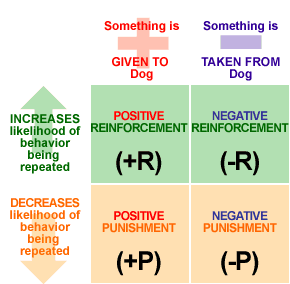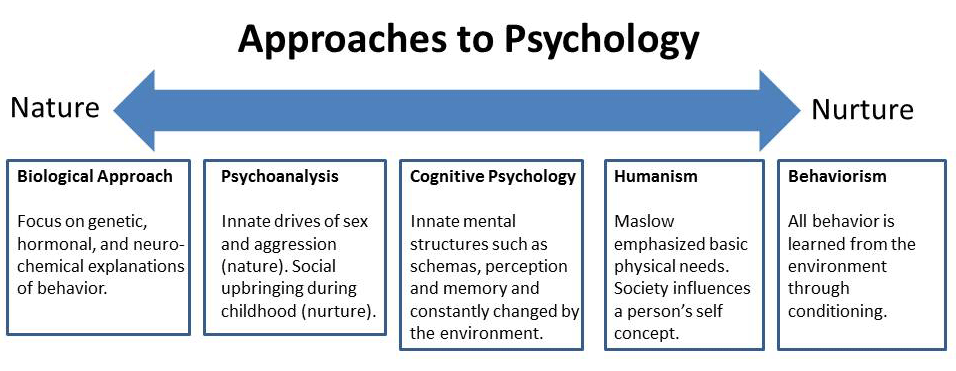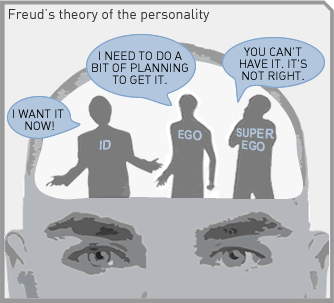Application of Theories

Psychoanalytical Theory
It is clear that Koresh’s whole life consisted of impulsive and irrational decisions as well as unfortunate events. If we consider Sigmung Freud’s Psychoanalytical Theory, the method of investigating and treating personality disorders, could very well apply to David Koresh’s life. Included in this theory is the idea that things that happen to people during childhood can contribute to the way they later function as adults. Koresh went through a difficult child, being raised by a very young single mother who could not raise him well. He apparently described his early childhood as lonely. The actions he carried out in his adolescence and adulthood could reflect his difficult experiences and emotional instability from his childhood.
The Mount Carmel Center engulfed in flames on April 19,1993
Psychosocial Stages
Erikson’s psychosocial stages can also be applied to his life and explain why he ended up becoming a devious cult leader. The eight psychosocial stages are fundamental to the stability and development of an individual. The stages consist of trust vs mistrust, autonomy vs shame and doubt, initiative vs guilt, industry vs inferiority, identity vs confusion, intimacy vs isolation, generativity vs stagnation and integrity vs despair. If there is any delay or difficulty in a psychosocial stage, it can cause major complications for the individual’s development in the future. For instance, Koresh struggled in his trust vs mistrust stage due to having an unstable family. This could have delayed or complicated other psychosocial stages later in his life. When one developmental stage is flawed, the entire developmental process may go awry.

Erik Erikson, founder of the psychosocial theory
Social learning theory
Another theory that can possibly be applied into Koresh’s life is Albert Bandura’s social learning theory. This theory posits that learning is a cognitive process that takes place in a social context and can occur purely through observation or direct instruction, even in the absence of motor reproduction or direct reinforcement. Negative and positive reinforcement and punishment are used in order to enforce or discourage certain desired behaviours.
It is possible that Koresh may not have received the punishments necessary in order to discourage bad behaviours. For instance, Koresh may have exhibited devious behaviour in his early childhood that went unpunished due to his absent father and distant mother. When certain behaviour is not discouraged, it can lead to the child to repeatedly exhibit that behaviour. It is important for parents or any adult influences to teach a child what is right and wrong. It is important for good behaviour to be reinforced and bad behaviour to be punished in order to achieve the desired response from a child. Since Koresh’s dad was absent and his mother was not an active participant in his life, he may have never been told how to decipher the difference between right and wrong. And whatever children learn in youth tend to stick with them as they grow older.

The chart on the left shows us the psychology behind positive and negative reinforcement and punishment. The social learning theory was initially tested on a dog.
Nature vs Nurture
Philosopher John Locke came up with the term “tabula rasa”, which proposes that humans have no innate ideas. He believed that our minds are blank slates at birth upon which experience writes. He believed that nurture is everything and nature is nothing. There are also the theories of original sin and innate goodness. But if we apply Locke’s theory to David Koresh’s life, his unfortunate childhood as well as the bullying he faced and the difficulties he had in school, it would make sense for him to have the major break down that he did. It is incredibly bizarre that he believed himself to be the final prophet, and it was also horrible and heartless that he raided the Waco compound and was the cause of nearly 80 deaths. If Locke’s theory of tabula rasa is indeed true, one could understand that Koresh’s poor experiences in life led him to unleashing his rage.
However, newer studies have shown that an individual’s personality is usually made up by nature and nurture. Some researchers believe that it was just in his nature to be a criminal, while others believe that his nature as well as his nurture played equally important roles.

Structural Model of the Psyche
Sigmund Freud identified three parts of the psyche apparatus; the id, the ego and the superego. The id is the most basic part of the personality, and wants instant gratification for our wants and needs. If these needs or wants are not met, a person becomes tense, anxious or upsetted. The ego deals with reality, trying to meet the desires of the id in a way that is socially acceptable in the world. This may mean delaying gratification, and helping to get rid of the tension the id feels if a desire is not met right away. The superego develops last, and is based on morals and judgments about right and wrong. Even though the superego and the ego may reach the same decision about something, the superego’s reason for that decision is more

based on moral values, while the ego’s decision is based more on what others will think or what the consequences of an action could be. The superego operates on the morality principle and motivates us to behave in a socially responsible and acceptable manner.
However, not everyone functions using the three parts of the psyche apparatus. Some people may lack the morality of the superego and/or the ego’s ability to deal with reality. It is consequential when these basic parts of the personality are not developed as it can cause one to make irrational and unacceptable decisions, David Koresh being an example. Rather than having a reality check and learning to cope with his personal problems rationally and using the three components of the psyche, he chose to make horrible rash decisions that hurt not just himself but of course many people around him.